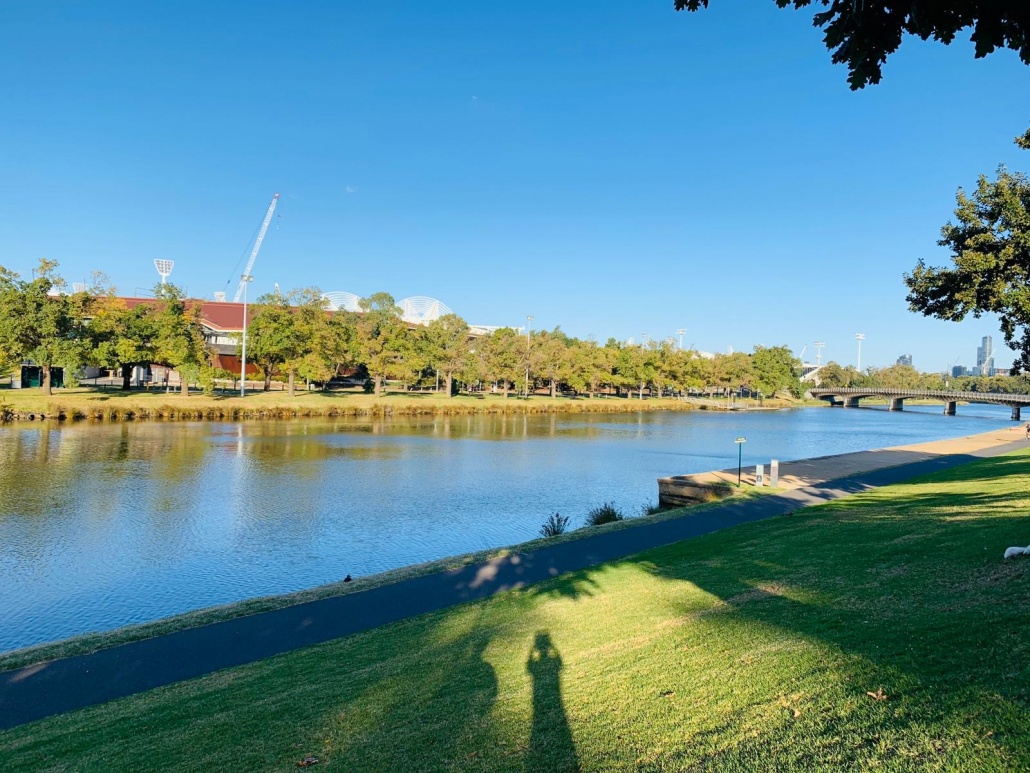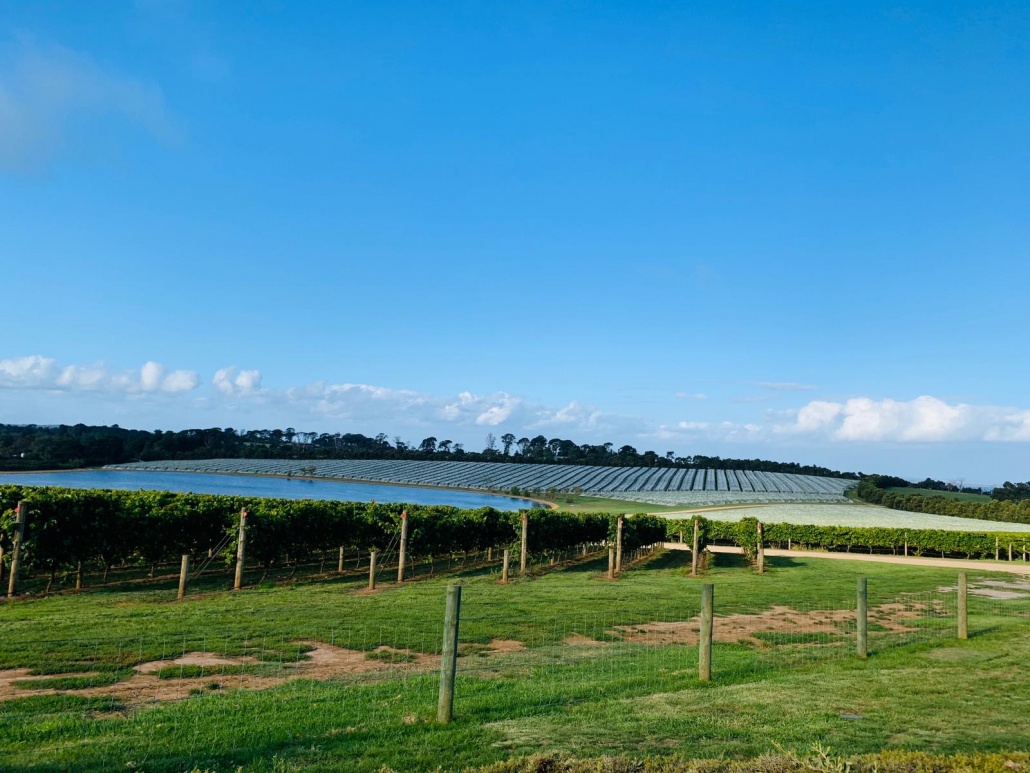Today in our guestblog series : John Stuart, about something that’s incredibly important….
How to Help Clients Pose Less Awkwardly
Helping subjects feel more comfortable and less awkward in front of the camera is not always easy. Whether they are models or non-models, everyone gets camera-shy every now and then. This can easily spoil the pictures as the tense and stiff posture of the subject comes across as unnatural and awkward. Fortunately, there are ways to help people relax when you are taking their photo. From making a few jokes, to suggesting a few poses and offering advice on what they should do with their hands, as a photographer you can lighten up the mood and make your subjects look super natural so you can achieve candid shots.
1. Talk to Your Models
There’s nothing more awkward than a silent shoot where all you can hear is the sound of your shutter. You should communicate with your model both before and during the photo session. Take the time before shooting to establish what you want to achieve. For example, if you’re preparing for an engagement photo session, talking to the couple is essential. Finding out what they like and dislike will not only give you an idea about what they expect from you, it will also help them become more comfortable in front of you.
Communicating with your subjects is essential but you should never put them in uncomfortable situations. While it’s recommended to offer advice and tell models how to stand or where to look, you should never force anything. An uncomfortable pose will end up looking cringey, strained and false. Neither you nor your client will be happy. So, instead, offer advice, but let the model bring their own contribution and adapt the pose as they see fit. This will look more natural and the pictures will be candid.
2. Keep Your Model Moving
Making your subject stand still while you keep snapping photos might make them even more uncomfortable. You can easily avoid this by making the model move around. Direct them to take a few steps towards you, run their fingers through their hair or play with a lock of hair. This will help them loosen up and be less tense. They will act naturally and the photos will reflect their mood. Only by asking your models to move will you be able to take unique photos of them that reflect their personality or the persona you are trying to convey.
Remember that you don’t have to stage but rather direct. Your models should meet you half-way and help you bring a character to life. Try to incorporate objects into your photo and let the model experiment with the poses. This will also help them feel less awkward and more comfortable in front of the lens. If you’re unsure about how to interact with models, especially when these are clients you’ve only just met, join a professional photography workshop. This will not only help hone your skills, it will also give you pointers on how to talk to models according to each situation.
3. Create Scenarios and Give Encouragement
Don’t use technical terms with your clients, otherwise you risk making them even more uncomfortable. Keep your directions simple and clear. One thing that really helps non-models pose less awkwardly is giving them scenarios. Depending on the setting where you are shooting, create a short story to inspire the model and make them pose more comfortably.
For example, if you’re taking photos of a couple in a park, ask them to talk to each other about a funny or goofy memory. They should easily lighten up and become less tense. If you are taking photos of a girl at the beach, tell her to imagine she’s on holiday, away from her stressful job and worries. By using simple, relatable stories, you can make your clients be less camera-shy and act naturally while you are snapping candid shots of them.
4. Pay Attention to Their Body Language
Subjects who are feeling uncomfortable are bound to be stiff and tense. They don’t feel at ease so their gestures are unnatural, their smiles are fake and they don’t know what to do with their hands. This is where you come in, with expert knowledge about what looks good and what doesn’t. The first tip to remember is to ask your clients to slightly pull their chin forward. This eliminates the double chin effect and makes your subject appear thinner.
You should also pay attention to the model’s shoulders. Ask her to pull the shoulders back and down slightly, which elongates the silhouette and makes her look taller. When posing women, tell them to bent the front knee and put their whole weight on the back leg. To thin the physique even more, ask the model to slightly rotate the hips to the left, bringing the right leg a bit forward.






